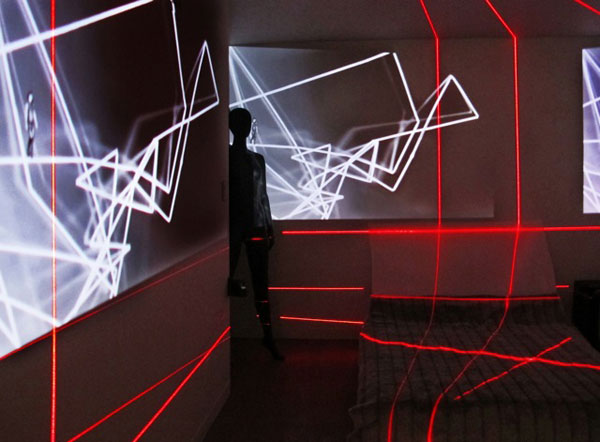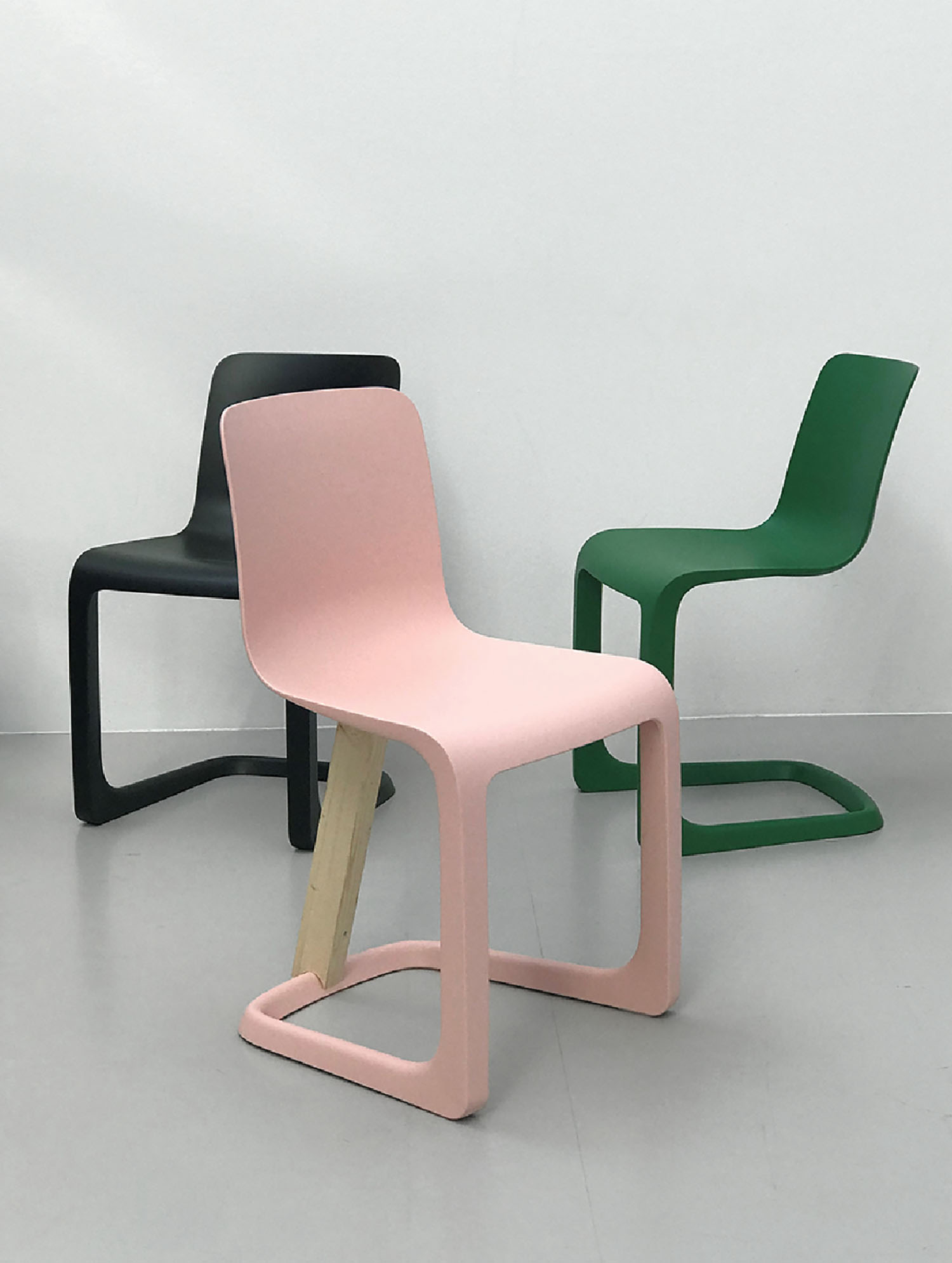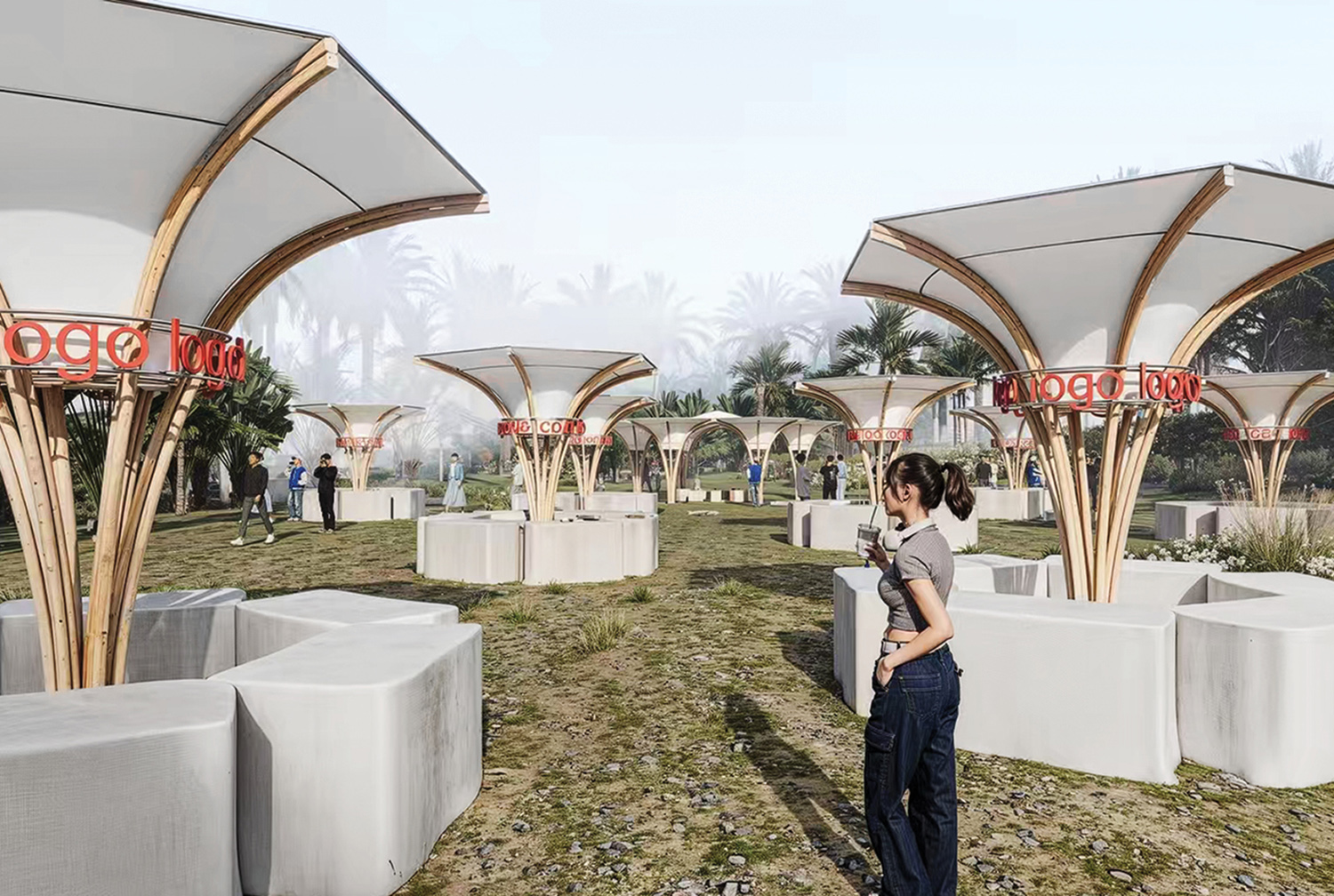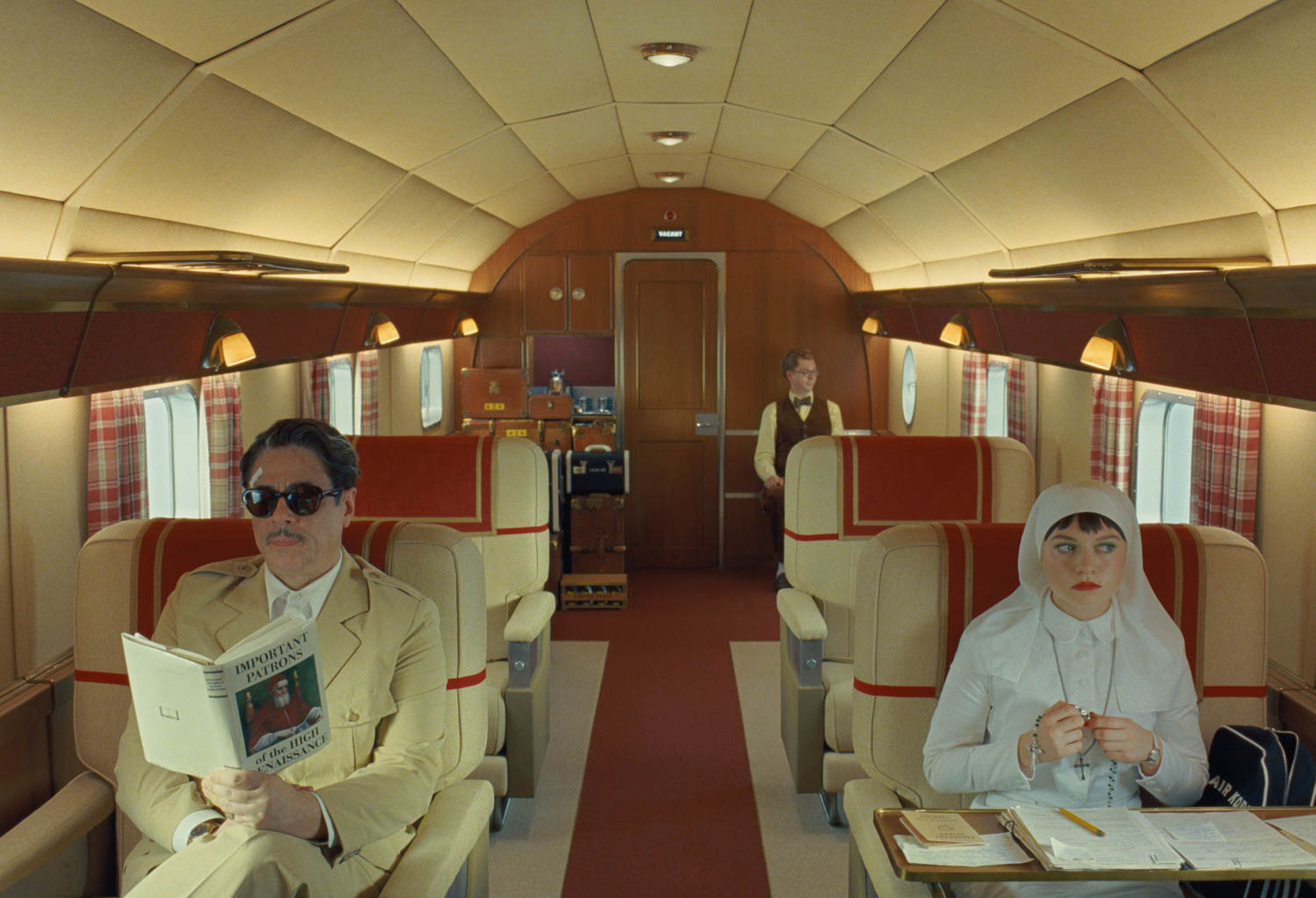Principals Roundtable: The Impact of Technology on Design

Pryor Callaway’s mannequins in the future-themed bedroom at the 2012 Boffo Show House. Photo by Karin Kohlberg.
This is the third in a series of articles that will cover the main issues discussed at the recent principals roundtable held by IIDA and
Interior Design
at the magazine’s One Night Only event in Washington, D.C.
It’s impossible to have a conversation about design these days without also talking about technology.
Interior Design
‘s recent principals roundtable in Washington, D.C., brought together a group of design leaders from regional firms and manufacturers—large and small—and they all agreed: technological advances are deciding the course of everything from manufacturing processes, to the design process, to what clients expect out of finished spaces.
Manufacturers voiced excitement at the opportunity for new manufacturing methods to open doors for designers and manufacturers to jointly challenge traditional design narratives. “We hope this innovation is a continuing trend,” remarked an executive at a luxury wall-coverings manufacturer. (To ensure a frank and open conversation about the high priority issues impacting the design industry,
Interior Design
and IIDA agreed not to identify attendees.)
Perhaps the biggest impact technology has had on the industry is giving designers and companies new metrics around which to measure success. User experience is a watchword that resonates everywhere from broad trends in office and health-care design all the way down to the design of a shower fixture in a hotel room—one executive at a large kitchen and bath brand quipped, “There is an enormous amount of attention on the guest shower experience again. So thank you all for calling to complain to the general managers!”
No more was this increasing focus on user experience evident than when the conversation turned to branding.
Interior Design
publisher Mark Strauss asked the room, “Considering the supersaturated technological world we live in, are companies more and more concerned with being branded?”
The answer? It’s complicated. One partner at a small firm put it this way: “Ten years ago, people wanted visual impact. They wanted to be McDonalds, with the golden arches.” In today’s cultural climate, however, the very definition of branding has changed to fit the user experience model. He went on, “Branding touches all elements of design. You don’t simply apply a brand to a space, you create an environment for the user that reflects the brand.”
As the conversation drew to a close, Strauss remarked, “With all of this change and all of this new technology, it really does still come down to touching humans, and asking ourselves, ‘How can we do that?’” This was heartening news, certainly, for a roomful of designers whose passion for creating memorable, distinctive spaces is palpable.
More:
Principals Roundtable: Is Hospitality the Future of Design?
Principals Roundtable: Managing Client Expectations


